Inheritance and Probability
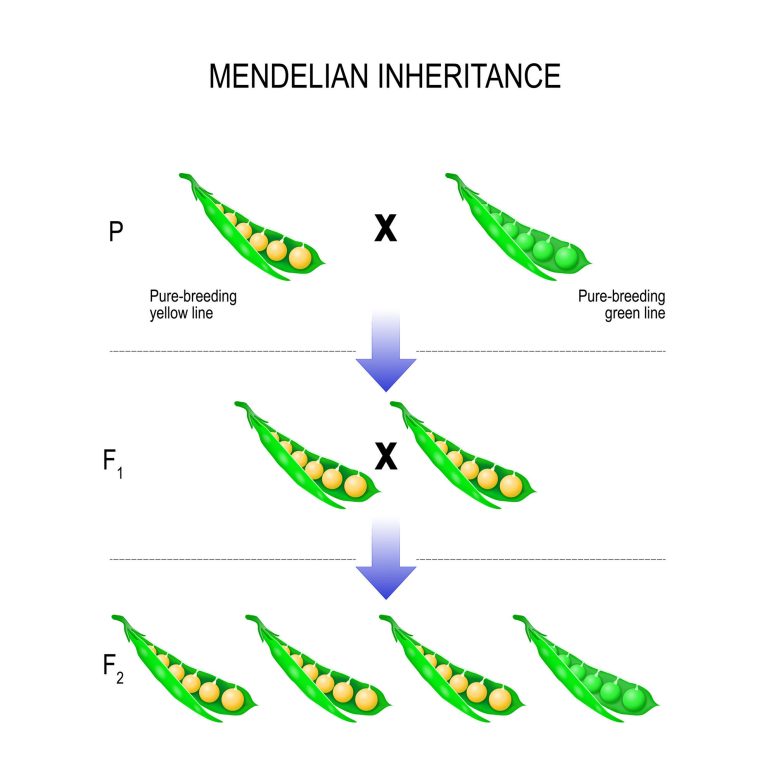
Laws on Mendelian inheritance were based on garden pea plant experiments of Gregor Mendel.
Table of Contents
Reviewed by: Mary Anne Clark, Ph.D.
Gregor Mendel, an Austrian monk, is most famous in this field for his study of the phenotype of pea plants, including the shape of the peas on the pea plants.
Gregor Mendel’s Work
Mendel’s goal was to have a firm scientific basis on the relationship of genetic information passed on from parents to offspring. In light of this, he focused on how plant offspring acquired the phenotype of their seeds. In this example, there are two choices, round and wrinkled seeds.
The plants that were used in the experiment had to be true breeding, i.e. those plants with round seeds must have had parents with round seeds, who in turn had parents producing round seeds, etc. This is done to increase the accuracy of the results.
After successfully producing two generations from these true-breeding plants, the following was evident
- The first generation of plants produced all had a round seed phenotype.
- When these first-generation plants were crossed, a ratio of 3 round seeds averaged every 1 wrinkled seed.
- The ratio of 3:1 was not exact, though this is because of the randomness of the processes that are executed to produce these plants. For example, the independent assortment is completely random, as are mutations, therefore variable results occur producing a sampling error.
- Due to the scale of the experiment done by Gregor Mendel, the sampling error was smaller than that of a smaller scale experiment.
Mendel successfully hypothesized that the reason for this trend in phenotypes from generation to generation was down to the fact that genetic information was being passed on from their parents.
The fact that round seeds appeared more frequently than wrinkled seeds is due to round seeds being the dominant phenotype, which when present effectively ‘masks’ the phenotype of the recessive (wrinkled seed) gene.
Dominant and Recessive Alleles
- All plant seeds produced in the first generation were round
- 3 out of every 4 plant seeds produced in the second generation were round
The parents, one possessing wrinkled seeds the other possessing round were crossed together, for some reason in the first and second generation the presence of the round seed gene in offspring superseded the presence of the wrinkled seed. This is called dominance.
The next tutorial presents Gregor Mendel’s law of dominance. Learn more about this form of inheritance and how it can be predicted using a Punnett square
Fun activity: Simple Genetics Practice Problems
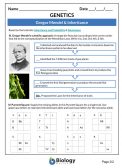
|
GREGOR MENDEL & INHERITANCE WORKSHEET
This two-paged worksheet can be used to probe the student’s understanding of Gregor Mendel’s experiments on inheritance. This worksheet includes arranging text block and flowchart order, multiple choice, and Punnett Square exercises. Subjects: Genetics & Evolution |
You will also like...
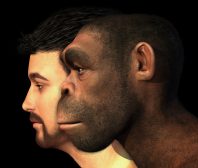
The Homo Species
The evolution of the species of the genus "Homo" led to the emergence of modern humans. Find out more about human evolut..
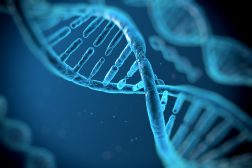
Genetic Control – On and Off Genes
Genes are the blueprint of our bodies, a blueprint that creates a variety of proteins essential to any organism's surviv..
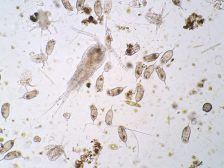
Freshwater Communities & Plankton
Planktons are microscopic organisms that live suspended in aquatic habitats. There are two groups: the phytoplanktons an..
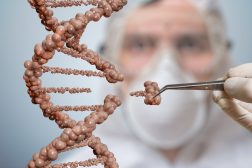
Genetic Engineering Advantages & Disadvantages
This tutorial presents the benefits and the possible adverse eventualities of genetic engineering. Know more about this ..
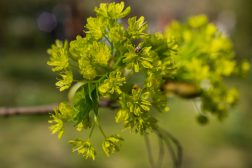
Gibberellins and Gibberellic Acid
This tutorial describes the role of gibberellin family in plants. Find out the effects of gibberellin on plant growth an..
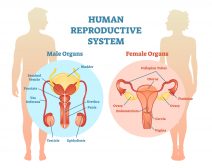
Human Reproduction
Humans are capable of only one mode of reproduction, i.e. sexual reproduction. Haploid sex cells (gametes) are produced ..
